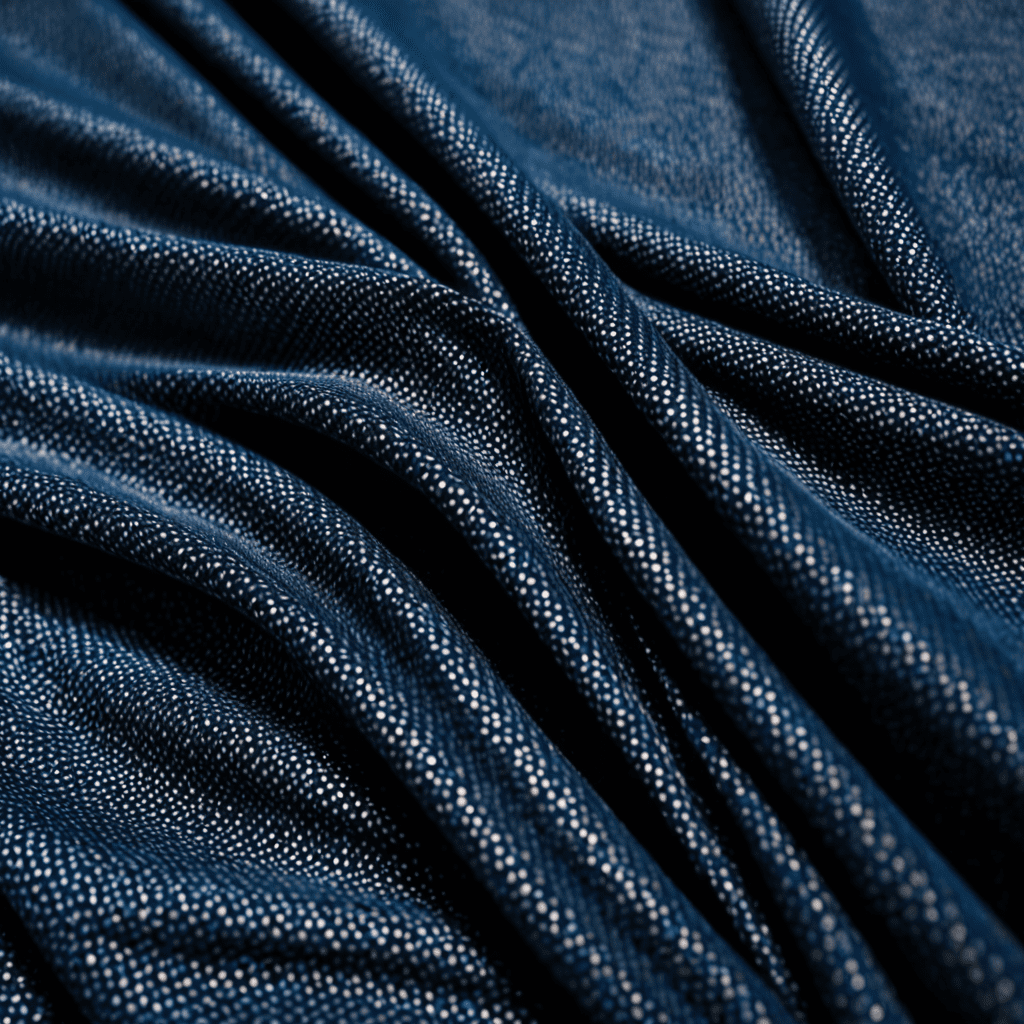
The Future of Clothing: Nanotechnology in Textiles
Nanotechnology is revolutionizing the world of textiles, paving the way for innovative smart fabrics and wearables that offer functionality beyond traditional clothing.
What is Nanotechnology in Textiles?
Nanotechnology involves manipulating materials at the nanoscale, enabling the creation of fabrics with unique properties such as enhanced durability, flexibility, and conductivity.
Benefits of Smart Fabrics
Smart fabrics embedded with nanotechnology offer features like temperature regulation, moisture management, and even the ability to monitor health metrics, making them highly versatile and practical.
Applications of Nanotechnology in Wearables
Nanotechnology is being utilized in wearables like fitness trackers and health monitoring devices to enhance performance, comfort, and data collection capabilities.
The Role of Nanoparticles in Textiles
Nanoparticles are commonly used in textiles to impart specific functionalities, such as antimicrobial properties, UV protection, and stain resistance, making garments more durable and hygienic.
Challenges and Considerations
While nanotechnology offers exciting possibilities for the textile industry, there are concerns regarding the environmental impact of nanomaterials as well as potential health risks associated with prolonged exposure.
The Future Outlook
As research and development in nanotechnology continue to advance, we can expect to see even more sophisticated smart fabrics and wearables that redefine the way we interact with clothing and technology.
FAQs about Nanotechnology in Textiles: Smart Fabrics and Wearables
What is nanotechnology in textiles?
Nanotechnology in textiles refers to the integration of nanoscale materials into fabric fibers to enhance their functionality. These materials can imbue textiles with properties like water repellency, stain resistance, UV protection, and even antimicrobial capabilities.
How do smart fabrics differ from traditional fabrics?
Smart fabrics contain embedded technologies like sensors, actuators, and conductive materials that enable them to respond to stimuli in their environment. Traditional fabrics lack these technological advancements and are solely composed of conventional fibers.
What are wearables in the context of smart textiles?
Wearables are electronic devices or sensors that are integrated into garments or accessories. In the realm of smart textiles, wearables can monitor biometric data, track physical activity, or even provide therapeutic benefits to the wearer.
What are some common applications of nanotechnology in textiles?
Nanotechnology in textiles finds applications in various sectors, including sports apparel (for moisture management and odor control), healthcare (for wound dressing and drug delivery), and military gear (for camouflage and protection against chemical agents).
How is nanotechnology utilized in creating washable smart fabrics?
Nanotechnology enables the development of washable smart fabrics by incorporating nanocoatings that protect the electronic components from water and


